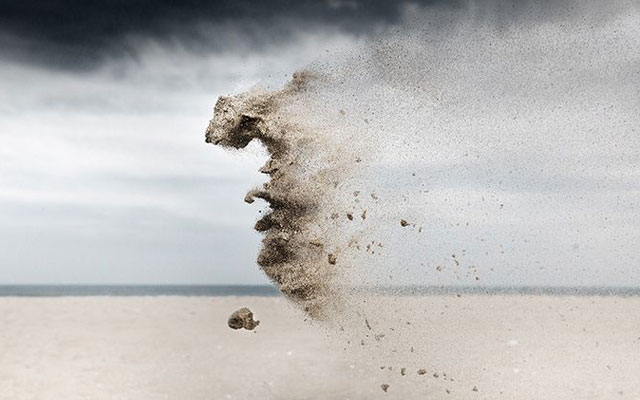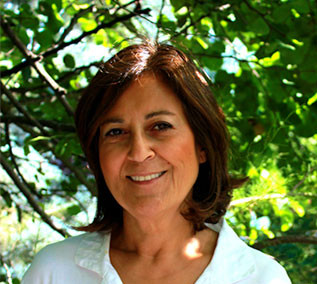People like to wonder, and this is the kernel of science.
– Ralph Waldo Emerson
The story of two comrades who went to war and the near death experience of one of them
During the Second World War, the Austrian poet and writer Karl Skala (1924–2006), went to Russia with his troops. He and his comrade, Hannes, caught under artillery fire, took refuge in a fox inn. Hannes got hit and died there. Skala recounts that heavily wounded as he was, he experienced that they were both rising up high in the sky, and found themselves looking at the battlefield below. Feeling the weight of his friend’s dead body against his, Skala looked up and saw a bright ray of light. While he was still holding up his friend, they moved towards the light. Suddenly there was a rupture in the stream of consciousness, Skala felt the pain as he was back in his body.
This artillery fire left Skala deaf for life, and transformed him to a more altruistic person. He wrote five award-winning books, one among them dedicated to his comrade Hannes.
The science of medicine, today, defines Skala’s experience as Near Death Experience (NDE). In his book Life after Life, Dr. Raymond Moody describes the characteristics of a typical NDE based on the records of 150 cases he interviewed :
The person experiencing the Near-Death-Experience feels distressed in the beginning. He hears the physician declaring him dead. A high frequency echo strikes his ears as he rapidly passes through a tunnel. He finds himself outside his body, looking at it from a distance. He watches the CPR (cardiopulmonary resuscitation) trials. A feeling of exhiliration permeates him. He still feels as if he has a body –though a more subtle one and with higher powers. Then he notices the others who come to greet him –the deceased relatives, friends, soul-mates, and a compassionate being of light whom he cannot solidly identify, appears before him. This being tells him to evaluate his life. The events of his life are animated as if on a movie screen while he is in a state lucid state of consciousness. He then reaches a frontier which seems like the border between this world and the next. His guiding companion informs him that his time has not come yet and that he has to return to earth. He feels the resistance at that point. Enraptured in a state of joy, peace and love, he does not wish to come back.
Yet he is obliged to return. After revival, he has difficulties conveying his experience in words. Especially when confronted with reactions of disbelief or mocking comments, he quits talking about it altogether. But this experience leaves a lasting effect on him. His thougths about life and death change profoundly.
The cardiology and intensive care units of major hospitals in the United States and in Europe continue to do research in NDE. Cardiologist Pim von Pimmel, neuroscientist Mario Beauregard and Dr. Elizabeth Kübler – Ross are among them. Their findings, irrespective of culture and faith, have common characteristics :
The people who have NDE witness that life continues after the death of the physical body in another realm. They are not willing to leave this realm where divine love and truth prevail, and find it difficult to come back to life on earth. The other world which most of them describe as exhilarating, does not cease to affect them after the experience. They unanimously report becoming more altruistic and benevolent afterwards.
Duygu Bruce








